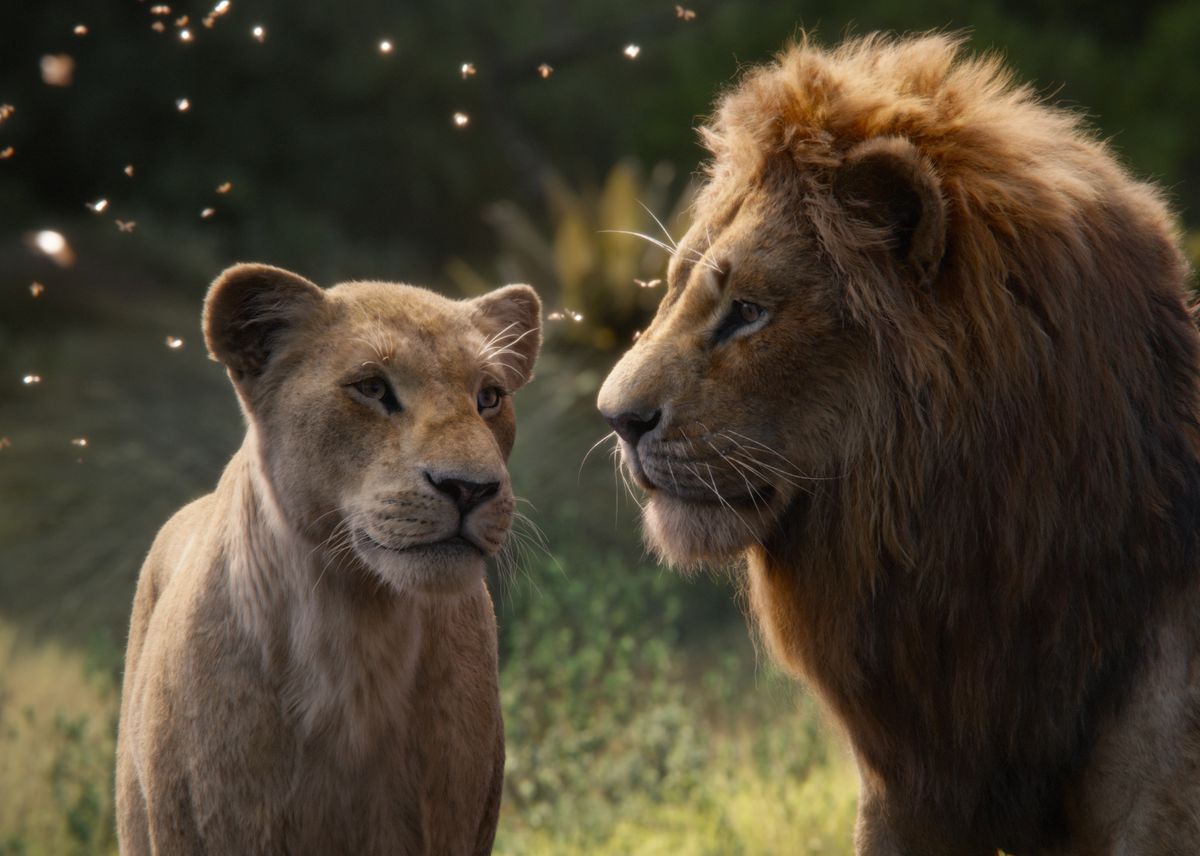Animal Kingdom – General Science Notes – For W.B.C.S. Examination.
জীব জগৎ – সাধারণ বিজ্ঞান নোট – WBCS পরীক্ষা।
Animal kingdom comprises of multicellular eukaryotic animals and is one of the kingdoms among five kingdom scheme of classification (by Whittaker).Continue Reading Animal Kingdom – General Science Notes – For W.B.C.S. Examination.
Classification of animal kingdom is based on different important characteristic features like habitat, level of organization, symmetry etc.
(i) Characters of Non Chordata (Invertebrates):
The animals which lack a notochord are called invertebrates. e.g. Amoeba, sponges, Hydra, worms, insects, etc., Invertebrates are characterised by the following salient features –
(1) The vertebral column is absent.
(2) the nerve cord is solid in nature.
(3) The nerve cord is present on the ventral side and never on the dorsal side.
(4) When alimentary canal is present, it lies dorsal to the nerve cord.
(5) Invertebrates may be acoelomate or pseudocoelomate or true coelomate.
(6) They have either asymmetry or radial symmetry or bilateral symmetry.
(7) The circulatory system is open type or closed type.
(8) They exhibit all possible type of reproduction.
(ii) Characters of Chordata (Vertebrates):
The animals which possess a notochord are called vertebrates.
(1) Aquatic, aerial or terrestrial.
(2) Body small to large, bilaterally symmetrical and metamerically segmented.
(3) A post anal tail usually projects beyond the anus at some stage and may or may not persist in the adult.
(4) Exoskeleton often present; well developed in most vertebrates.
(5) Body wall triploblastic with 3 germinal layers : ectoderm, mesoderm and endoderm.
(6) Coelomate animals having a true coelom, enterocoelic or schizocoelic in origin.
(7) A skeletal rod, the notochord, present at some stage in life cycle.
(8) A cartilaginous or bony, living and jointed endoskeleton present in the majority of members (vertebrates).
(9) Pharyngeal gill slits present at some stage; may or may not be functional.
(10) Digestive system complete with digestive glands.
(11) Blood vascular system closed.
(12) Excretory system comprising proto-or meso- or meta-nephric kidneys.
(13) Nerve cord dorsal and tubular. Anterior end usually enlarged to form brain.
(14) Sexes separate with rare exceptions.
Our own publications are available at our webstore (click here).
For Guidance of WBCS (Exe.) Etc. Preliminary , Main Exam and Interview, Study Mat, Mock Test, Guided by WBCS Gr A Officers , Online and Classroom, Call 9674493673, or mail us at – mailus@wbcsmadeeasy.in
Visit our you tube channel WBCSMadeEasy™ You tube Channel
Please subscribe here to get all future updates on this post/page/category/website



 Toll Free 1800 572 9282
Toll Free 1800 572 9282  mailus@wbcsmadeeasy.in
mailus@wbcsmadeeasy.in


















































































































